Landscape Design Rules of Thumb
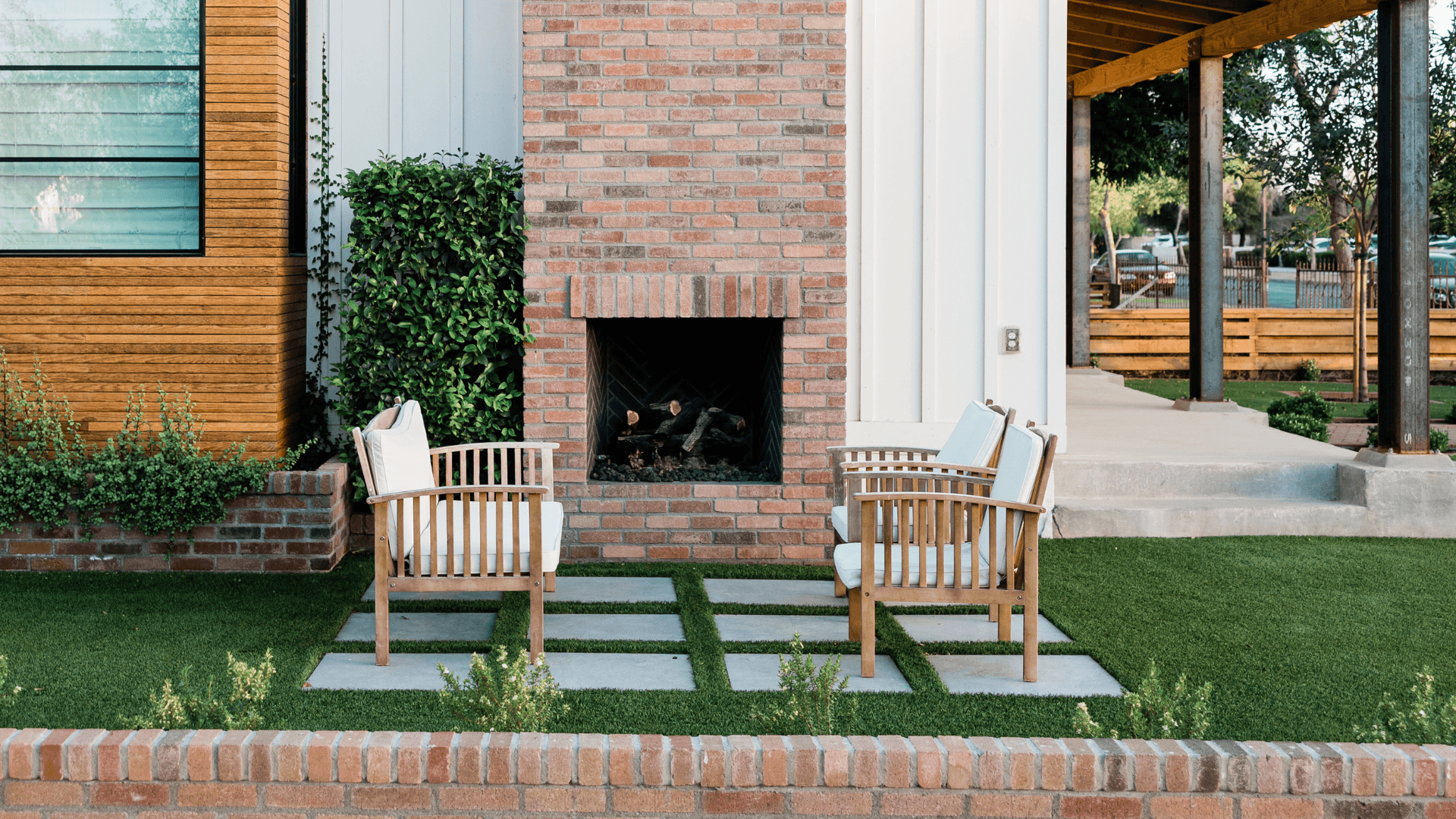
Start With a Plan
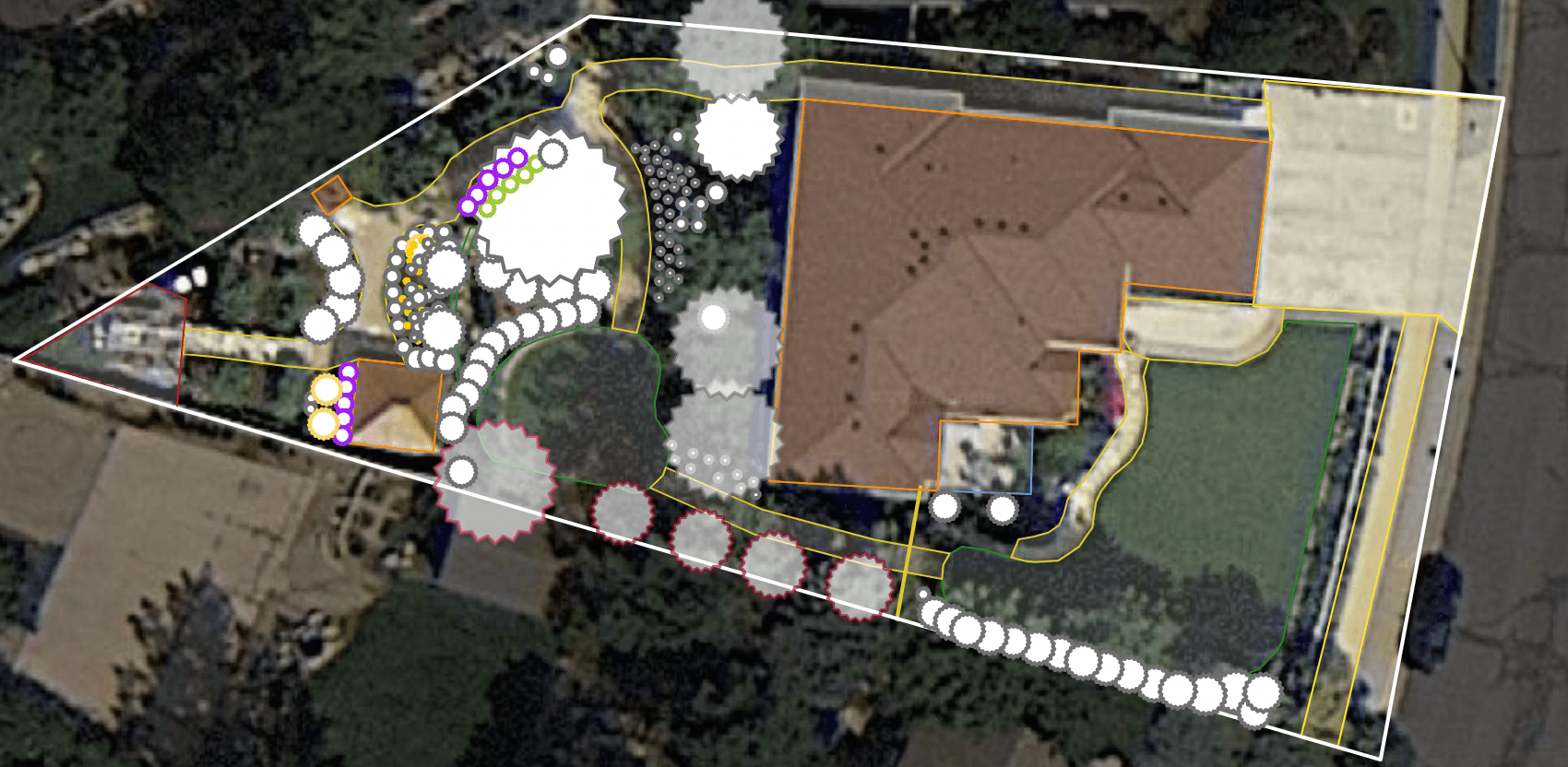
Before you do anything else, you need to come up with a plan for your landscape. This will help you have a clear vision for the whole process and will result in a more cohesive look. Additionally, planning it out from the beginning saves you money—you know how to allot the funds you’ve budgeted for your yard and you don’t waste money on the many mind-changes that are likely to happen when you go at it without a plan. Our online landscaping software makes this part quick and easy!
Determine Your Style
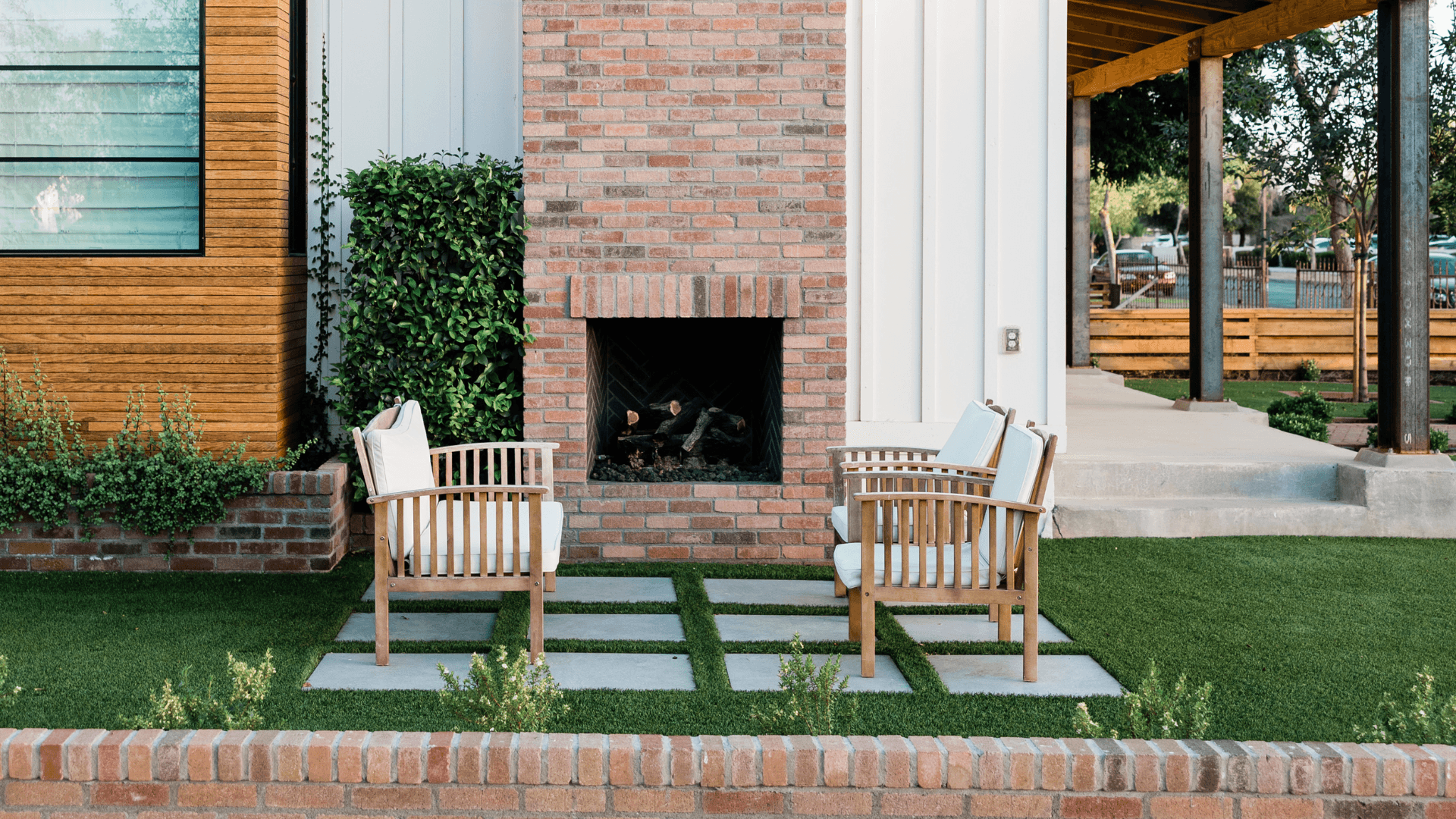
This is also the best time to determine your landscape style. Are you going for a formal or casual vibe? Lush and wooded or modern and minimalistic? Lots of florals or edible plants? Browse through nearby neighborhoods, gardening magazines, and sites like Pinterest to determine what style of landscape you like best.
Coordinate Your Yard with Scenery and Architecture
This rule goes hand in hand with establishing your landscape style. Your surroundings and the architecture of your home can and should influence the general look of your yard. We’re not saying you need to match your neighbor’s yard—a little individuality brings life to a neighborhood.
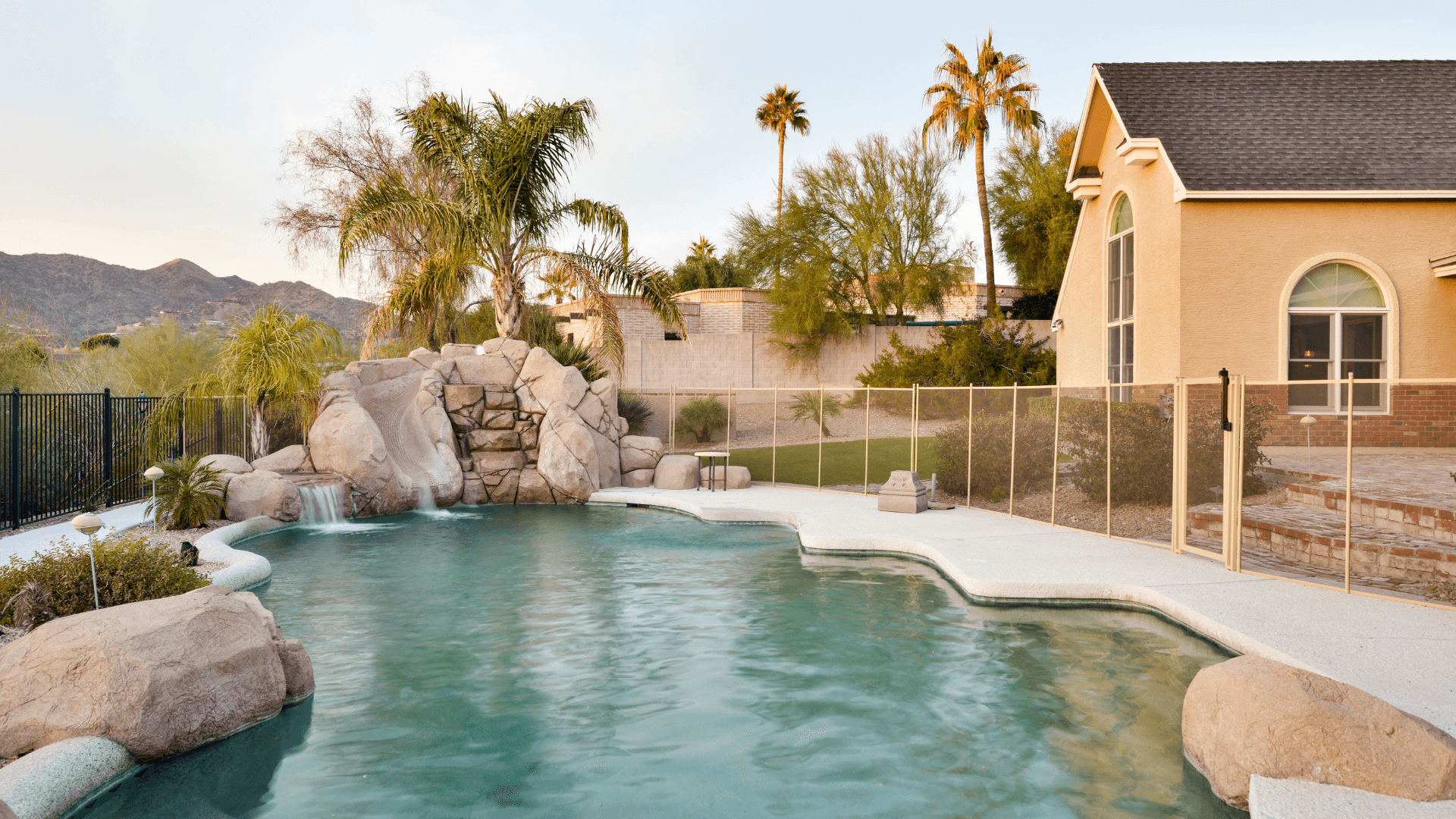
Tying your landscape in with background scenery, though, will help your yard feel more expansive and like it fits right in. For example, if your view is of pine forests and rolling hills, you can reflect that in your yard by adding some berms, a couple pines, and native ornamental grasses. Desert landscapes may include palms, cacti, and other drought-tolerant plants.
Mirroring the architecture of your home will also create a unified look. If you have a grand, formal house, having a messy potager garden-type yard might result in a discordant feel. Look at key elements of your home and see where you can reflect that in your yard. Homes with columns are complemented by columnar tree varieties and contrasting, rounded shrubs. Log cabins lend themselves to natural, woodsy yards.
Pick a Color Palette
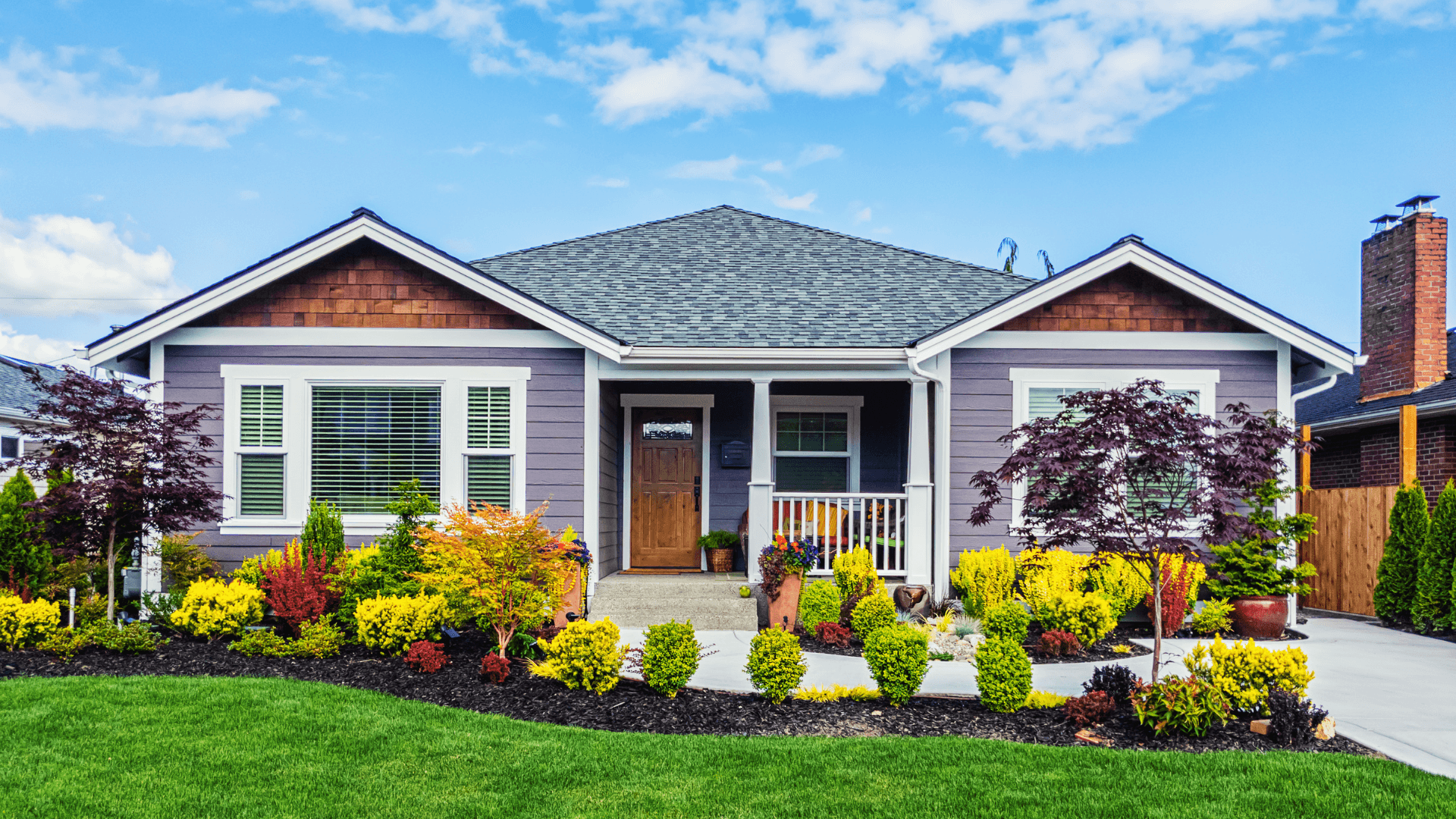
Picking a color palette or theme does not mean you need to limit yourself to one or two colors. You can have a wide range—your color palette could include every color of the rainbow! Planning out which colors or shades you want to use, though, can help you select plant varieties that complement each other, creating a stunning and coordinated finished product.
Use Variety

Variety is a key part of an interesting yard. Use plants and materials with various colors, shapes, textures, and sizes. Once you’ve got the general style you’re going for and you have a color palette determined, pick a variety of characters to fill out your plant roster.
Stagger Heights
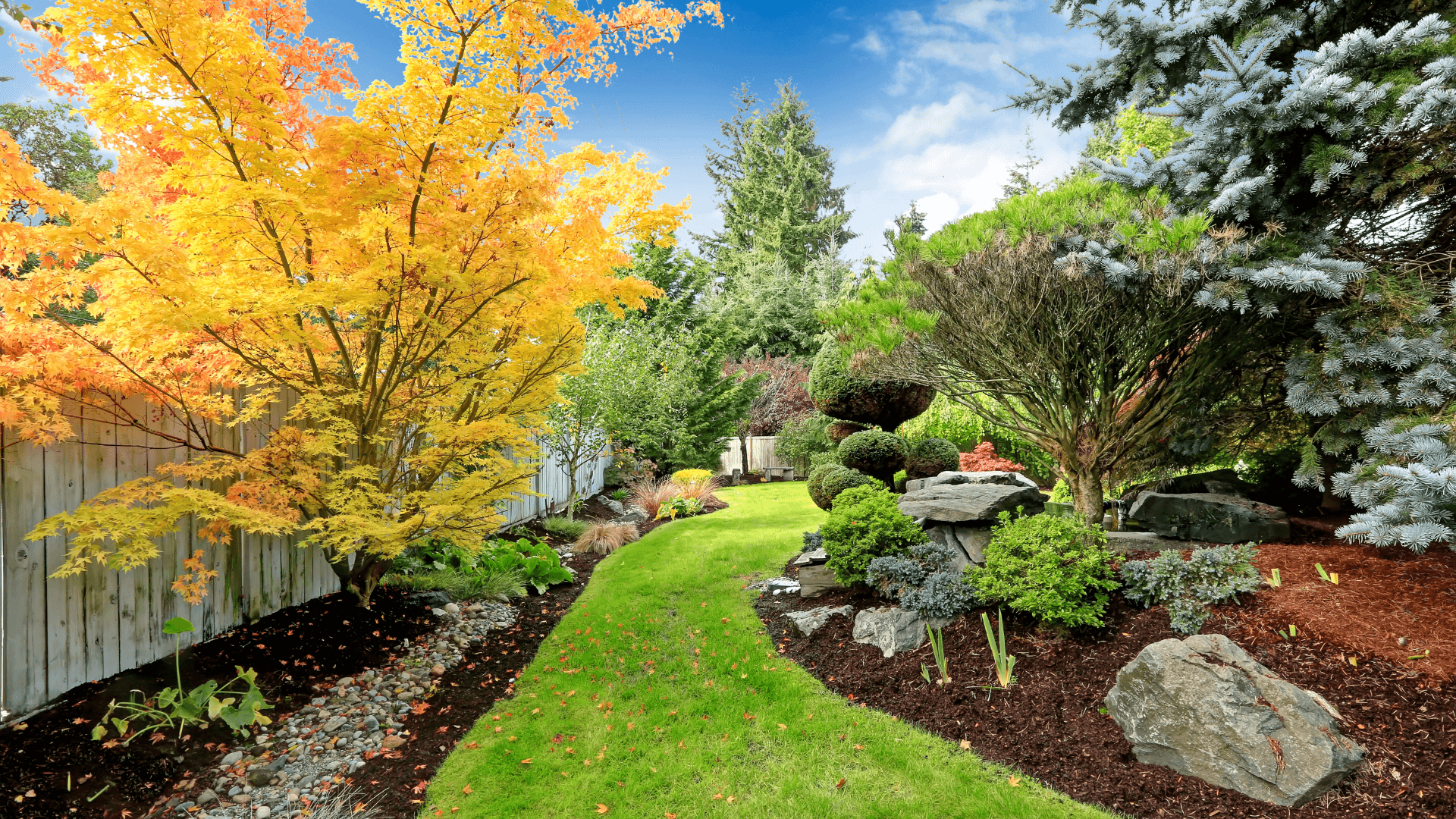
Having plants of various sizes brings visual interest. Staggering their heights brings cohesion and a good flow to your yard. Generally, the tallest plants go in the back of the planter bed and the smallest flowers or ground covers are in the front, with the middle filled out accordingly. Mixing things around a little will create depth, as long as you can still see all the plants and all the plants can see the right amount of sunlight for their needs.
Plant in Groupings
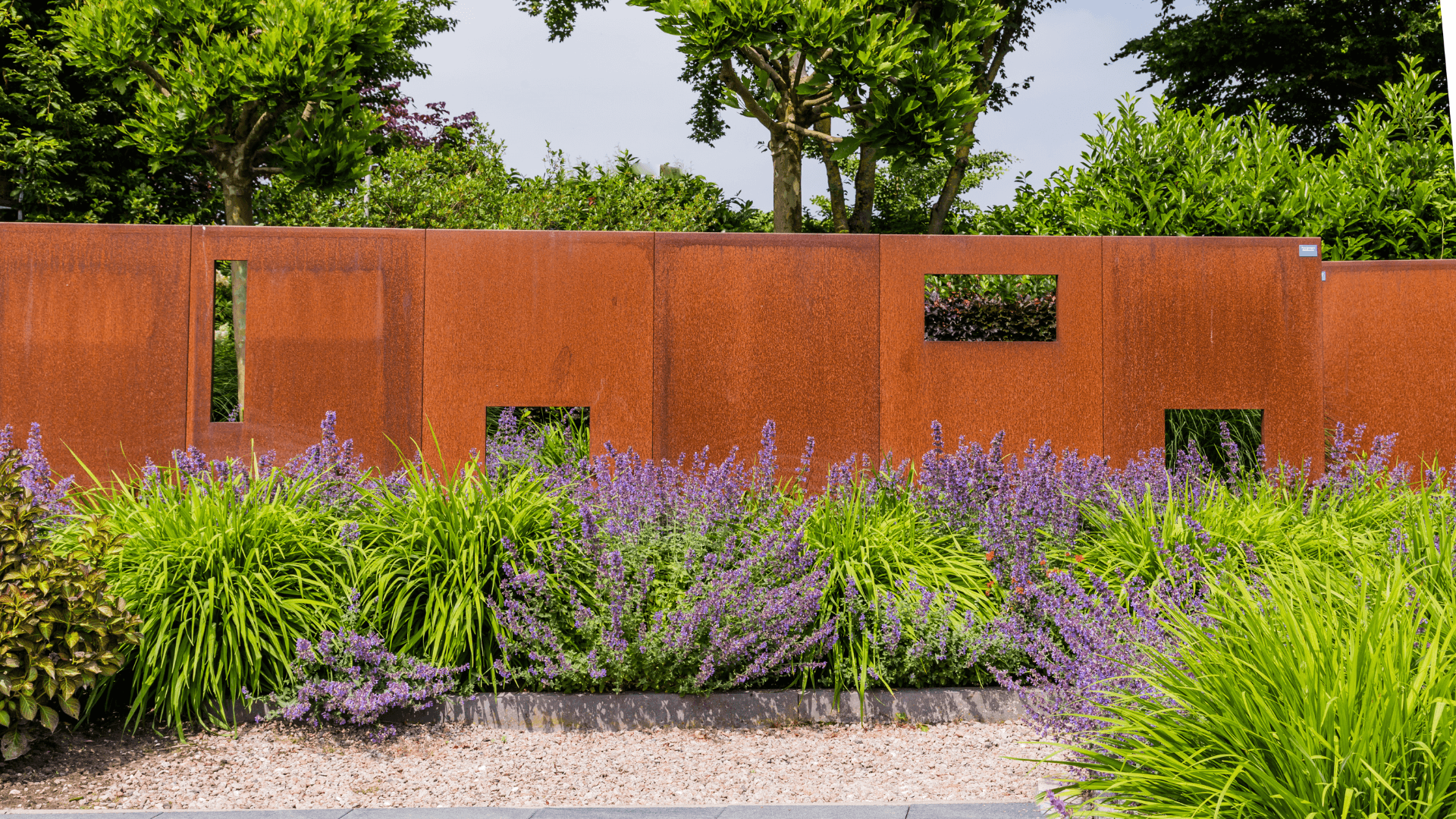
Planting a bunch of singular plants around the yard can make it feel random and chaotic. Grouping plants together, preferably in odd-numbered groupings of 3-7 plants, results in a planned, purposeful look. Repeat these groupings in different parts of your yard to make it all cohesive.
Plan Groupings Based on Plant Needs
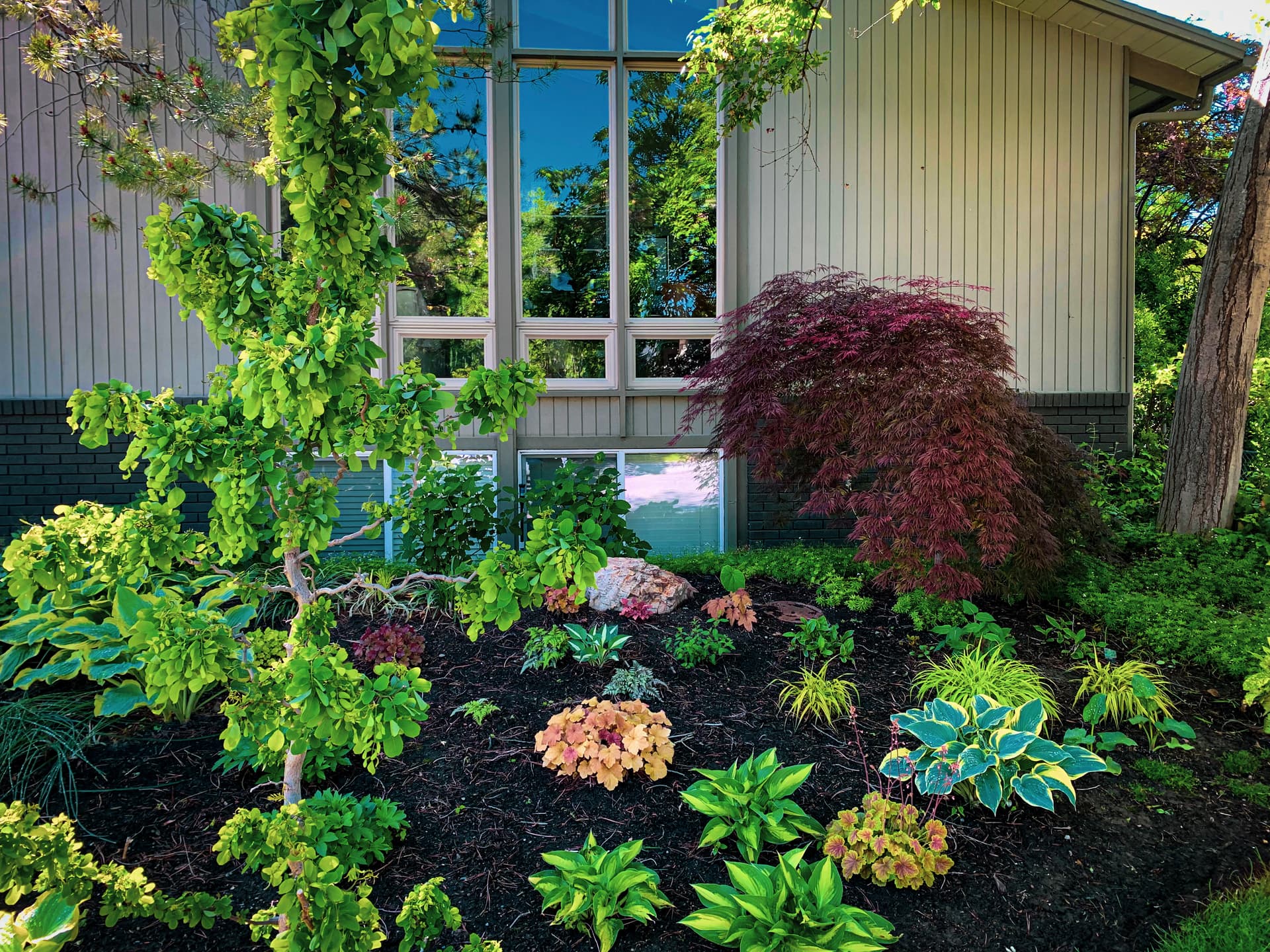
When deciding where to place plants, determine their water and sunlight needs. Group plants with similar needs near each other. This sets your plants up for success and will minimize your maintenance and watering time and costs.
Plan for Mature Size
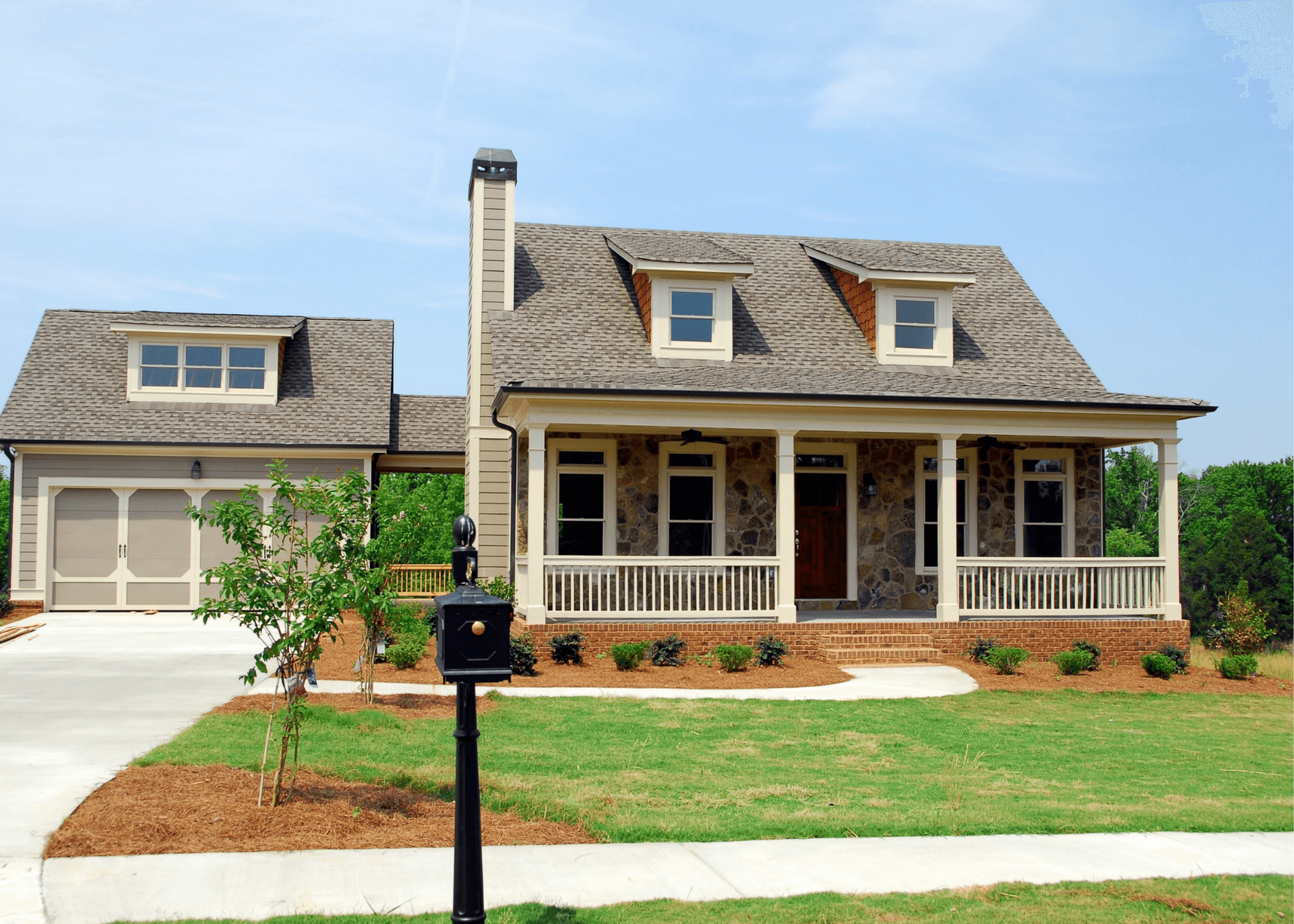
Another thing to determine before putting plants in the soil is their mature size. If you plant a 40-foot tree in a 20-foot space, you’re going to have problems down the road. Knowing how big plants will grow before planting them can eliminate frequent and harsh pruning down the road. Smaller shrubs will often fill in a space within just a few years. Most plant tags in nurseries and garden centers list their mature size. Pay attention to this and plant accordingly.
Plant Something for Each Season
When you’re making your plans, think about what your yard will look like in each season. You don’t need a full, blooming landscape for each month of the year—that’s just not possible in most climates. You can, however, ensure that there are at least a few things that look good in your yard, no matter what the season is.
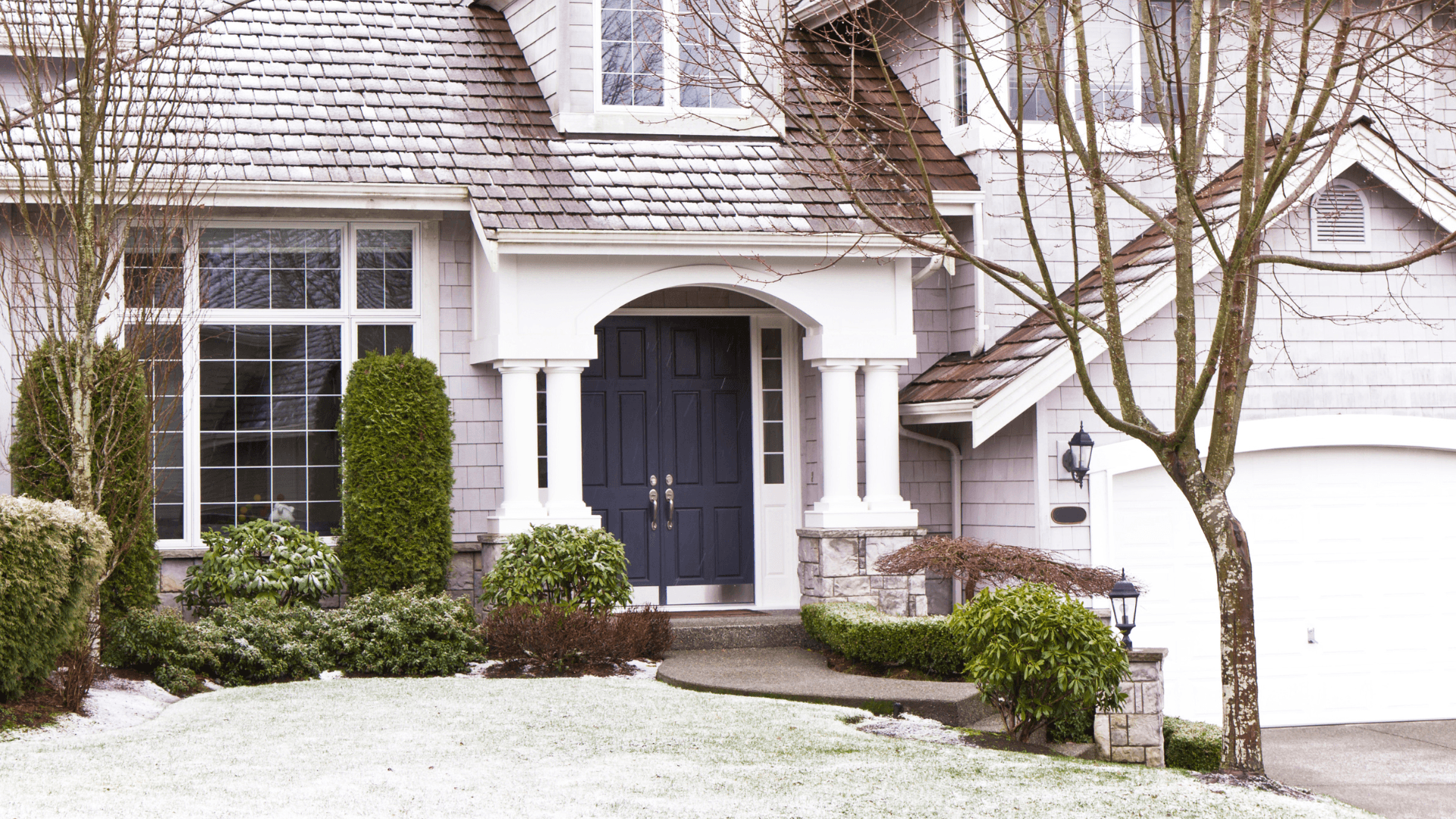
In cold, snowy climates, for example, consider planting some evergreens and shrubs that have interesting bark (like a red twig dogwood or flame willow, for example). Plants that have beautiful spring blooms are easy to find and summer has so many delightful options. Keep an eye out for plants that have striking fall colors, and you’ve got something all year long to enjoy looking at.
In summary
These basic guidelines will help as you set out designing your landscape. To re-cap: start with a plan and determine your landscape style. From there, pick a color palette and then select plants that bring variety in the form of shape, size, color, and texture. Keep an eye out for their growing needs and mature sizes, group and plant them accordingly, and make sure you’ve picked something for every season. For a step-by-step guide, check out our article on installing a brand-new landscape or updating your existing one. With these rules in mind, you’re sure to have a lovely landscape to enjoy for years to come. Cheers!

